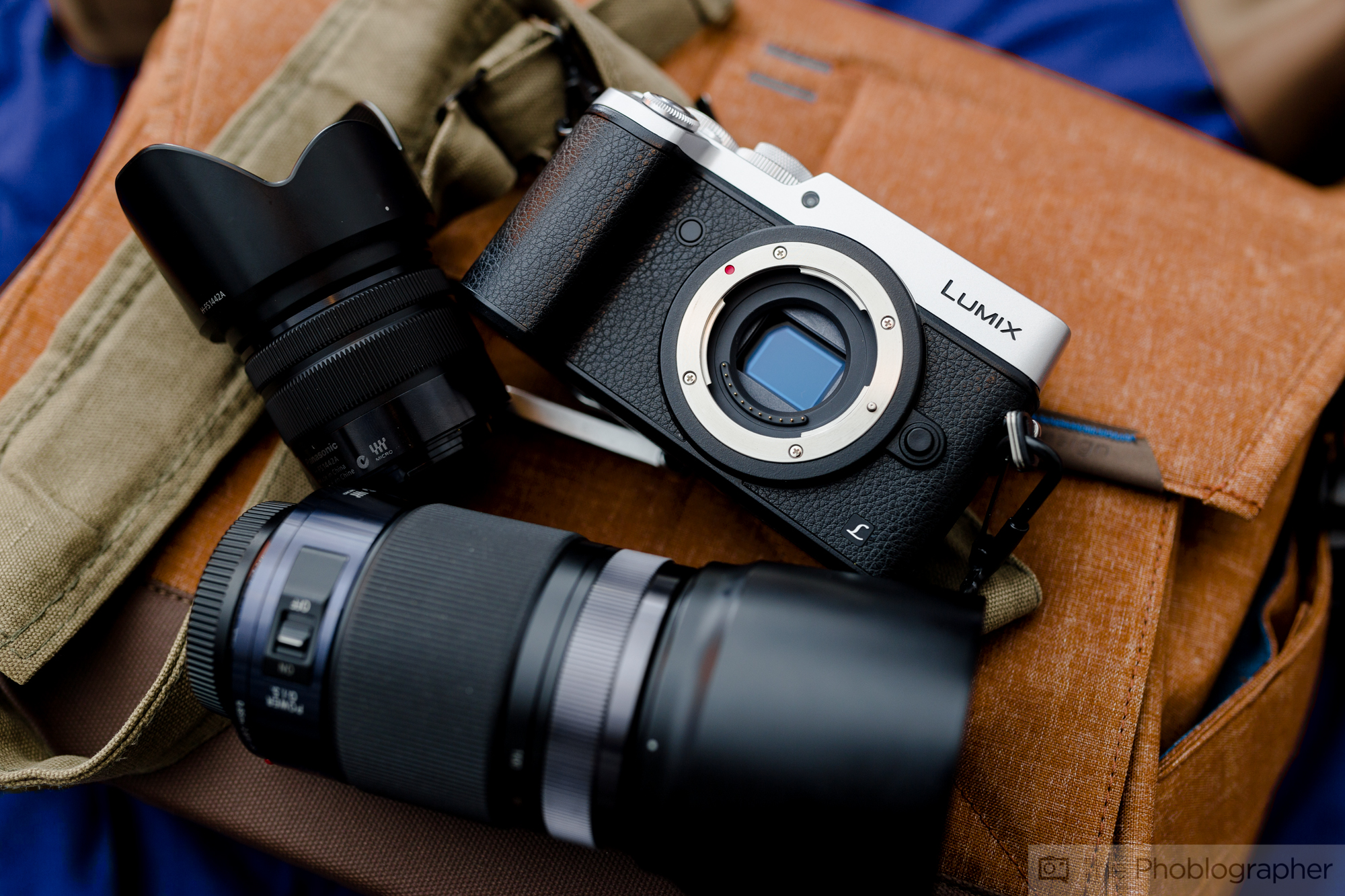Panasonic is going to have to figure out where their loyalties lie if they want to succeed in the ultra-competitive Mirrorless camera market.
Ever since Panasonic and Olympus joined forces to forge ahead with the Micro Four Thirds platform in 2008, Panasonic has released some genuinely fantastic M4/3 cameras that showed the world what the platform was capable of. All was going well, and then, in 2018, Panasonic decided to jump into bed with both Sigma and Leica to form the L Mount Alliance while still having relations with Olympus. 2019 saw Panasonic’s first full-frame Mirrorless cameras launch (the S1, the S1R, and the S1H), and since then, things have gone very quiet on the Micro Four Thirds front. It appears that a time may be coming when Panasonic will need to decide where its loyalties lie. Do they stick with Olympus and Micro Four thirds? Do they go all-in with the L Mount Alliance? Or, do they try to somehow strike a balance between the two without being stretched too thin?
The emergence of affordable Full-Frame cameras over the last few years has made companies like Panasonic turn their heads. Sony pioneered the Full-Frame movement with cameras like the original a7, the a7 II, and the now-infamous Sony a7 III. Sony single-handedly redefined the Full Frame segment, and they made this once incredibly expensive format affordable for most photographers.

The now-affordable Full Frame cameras meant that Panasonic’s Micro Four Thirds offerings looked like they were incredibly overpriced. You could pick up the Full-Frame Sony a7 III or the Panasonic GH5S for the same price, and with so-called YouTube experts claiming that M4/3 was dead, a stigma became attached to the system. The truth is that Panasonic was probably going to jump into the Full-Frame market before this hate on the M4/3 movement started. Still, it almost certainly helped Panasonic move along a little quicker with their plans. Below we will take a look at what Panasonic needs to do to help find themselves again because right now, it seems like they are a little lost.
“The prices of the S1 and S1R practically made them dead on arrival, and the autofocus issues that plagued the two cameras hurt them even more.”
What’s it Going to be? Full Frame or Micro Four Thirds?
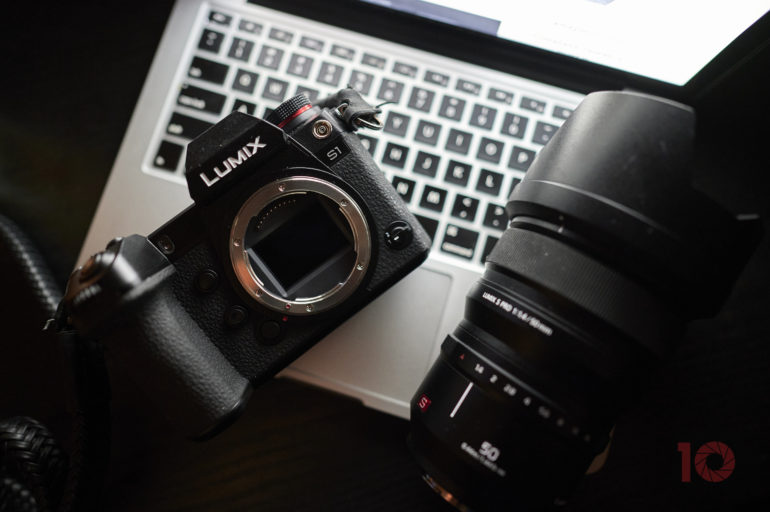
Panasonic’s decision to move into the Full-Frame market shocked the industry. There had been some murmurings about it, but there was nothing concrete; until Panasonic announced the S1 and the S1R. These cameras represented Panasonic’s first Full-Frame L mount Alliance cameras, and they sounded very good. They would appeal to photographers who loved the aesthetics of older DSLR’s. They feature IBIS, great sensors, superb weather sealing, and the image output is terrific; the problem, though, is the pricing strategy, and the sometimes sketchy autofocus system.
The launch price for the S1 was $2,497, and the more powerful S1R had a price tag of $3,697.99, both of which were far more expensive than the cameras from Sony they were trying to compete with. The prices of the S1 and S1R practically made them dead on arrival, and the autofocus issues that plagued the two cameras hurt them even more. You can now get these cameras on sale, and the autofocus systems have seen some updated thanks to the firmware that Panasonic pushed out, but even with their sale prices the S1 and S1R are still more expensive than the competition, and there’s still no contest when it comes to AF performance. Cameras from Sony, Canon, and Nikon outperform the S1 and S1R handily. Life in the Full Frame market got off to a rocky start indeed, so the only way here is up.
“Olympus is all-in with the platform, and I’m sure they would like to see that same level of commitment from you too.”
And Then There’s Micro Four Thirds…
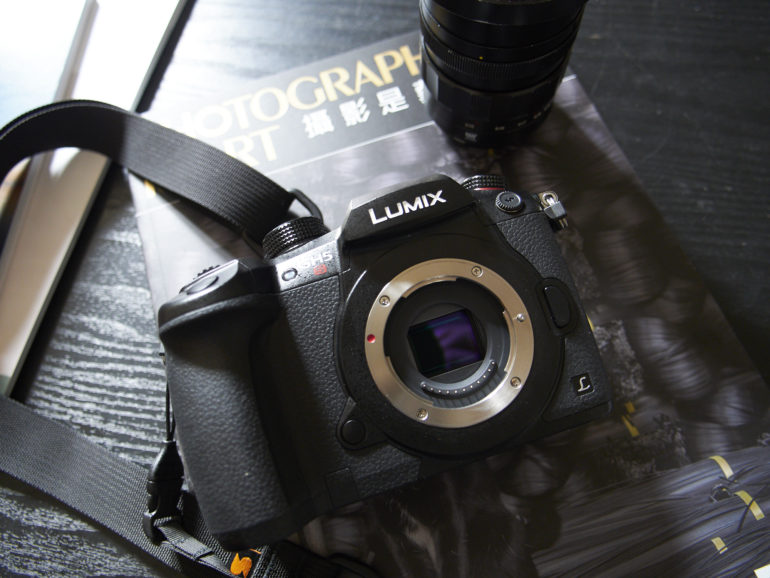
The system that put Panasonic on the map, Micro Four Thirds, seems to have taken a backseat since the introduction of the company’s Full-Frame cameras. There has been little movement in this category from Olympus over the last two years. The last M4/3 camera to hit the market was the G95, which launched in 2019, and before that, we saw the DSLR-like Panasonic G9 and Rangefinder-style GX9 in 2018. Since these cameras have been released, we have seen a firmware revision to the G9, and one lens release, the 10-25mm f1.7, which costs $1.797.99, other than this, we haven’t heard a peep from Panny about their plans for this platform.
This is a real shame because Panasonic showed some real innovation with Micro Four Thirds cameras, and some of those cameras are still class leaders. The Panasonic GH5 and the GH5s were revolutionary, and they quickly became firm favorites with both photographers and videographers. These two cameras are still workhorse bodies for many thanks to their insane video specs and incredible in-body image stabilization. They are now in need of a refresh, though, and Panasonic needs to have a considerable marketing push around this platform if they do indeed intend to stick with it. Olympus is all-in with the platform, and I’m sure they would like to see that same level of commitment from you too.
So, What’s Next, Panasonic?

Pansonic, you need to be clear with your intentions. Are you going full steam ahead with the L mount alliance? Do you plan of ditching Olympus and Micro Four Thirds, or are you going to try and strike a balance between the two? From the outside looking in, it appears to be the former rather than the latter. That’s fine, but you’re going to need to tell your M4/3 faithful if this is the case.
I hope I am wrong, and I hope you try and find a happy medium between both platforms. If this is the case, you’re going to have to price the S1, and the S1R much more competitively so that they can compete with other cameras on the market, and you’re really going to have to start fleshing out the lens line up (more on that later). On top of that, you really need to re-consider your autofocus system. Contrast-detect only just doesn’t cut it anymore. Move into the new century and add phase detect too. I understand wanting to be different, but time always comes when you need to re-evaluate things. That time is now.
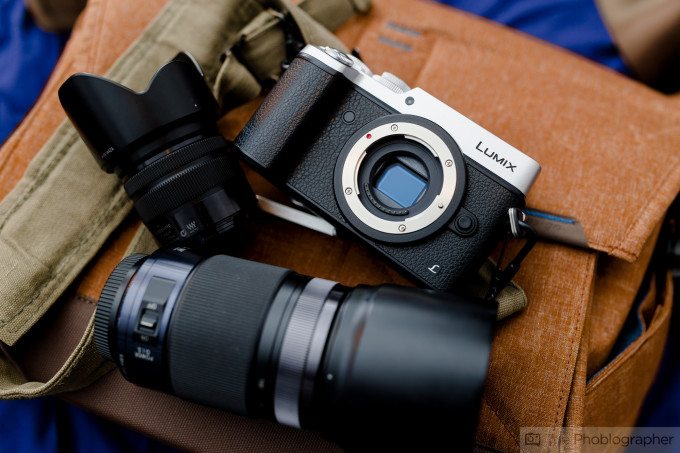
If you’re sticking with Micro Four Thirds as well, you need to refresh the GH, GHs, and GX lines and also give them prices that match the current climate of the market. Your MFT partner, Olympus, are doing some exciting things with their cameras, and you, well, you’re standing still. Whatever it is you decide to do, it’s time to break the radio silence. Let your user base know what they can expect going forward. If you are stretched too thin supporting both platforms, commit to one, and provide the very best that you can at prices that photographers can afford.
“The lens situation has indeed improved since the S1 and S1R hit the market, but your lenses are being majorly outperformed and outpriced by one of your L Mount alliance partners. That’s simply not sustainable.”
Panasonic, You Need to be Realistic With Lenses
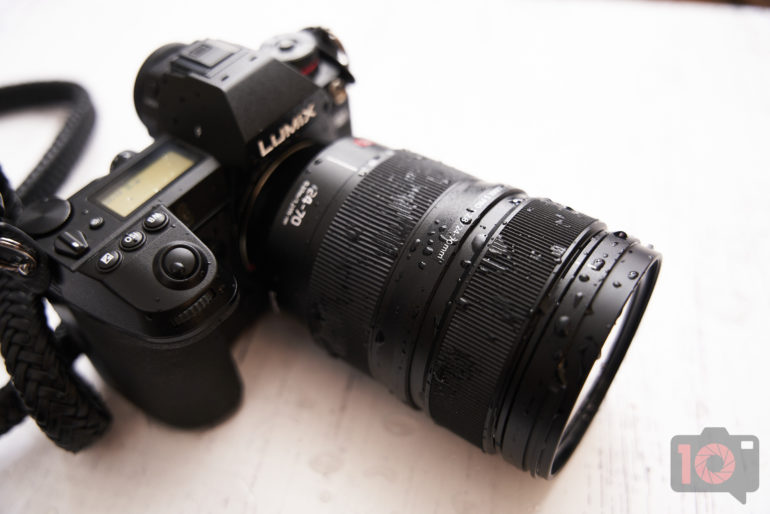
What on earth is going on with your lenses for both L Mount and M4/3 platforms? First of all, you launched two new cameras with just four, FOUR new lenses, what were you thinking? Yes, we know, Sigma and Leica will both be adding L mount lenses too, but ouch. Coupled with the pricing of the cameras, and the AF issues, having just four lenses at launch did not help sales of the S1 or the S1R. The lens situation has indeed improved since the S1 and S1R hit the market, but your lenses are being majorly outperformed and outpriced by one of your L Mount alliance partners. That’s simply not sustainable. Take, for instance, the new 24-70mm f2.8 Lumix Pro that we just reviewed. We said:
“We like the Panasonic 24-70mm f2.8 LUMIX Pro for sure. This is by far the middle of the road standard zoom lens for the L mount at the moment, with the exception of Sigma’s own 24-70mm f2.8. Sigma’s is also smaller, lighter, and very well built. Better yet, it’s significantly more affordable.”

“Whatever you decide to do, Panasonic, we hope you won’t keep us in the dark for too much longer. The L Mount alliance has potential, but Olympus has shown that the Micro Four Thirds platform is far from dead.”
By significantly more affordable, we mean Sigma’s L Mount 24-70mm f2.8 is over $1,000 less. We also gave it a glowing review! You can’t compete with that. Due to the agreement of the L mount Alliance, you cannot cripple lenses from Sigma and Leica on your cameras. So, why are you pricing your lenses out of the game when you know there will be lenses that will perform as good as, or better than your own that will cost significantly less? It makes no sense. For your L mount cameras to take off, you really need to re-evaluate your lens strategy. There will be those who would like to use Panasonic lenses on a Panasonic body for sure, but even hardened Panasonic fans would rather keep an extra grand in their pocket.
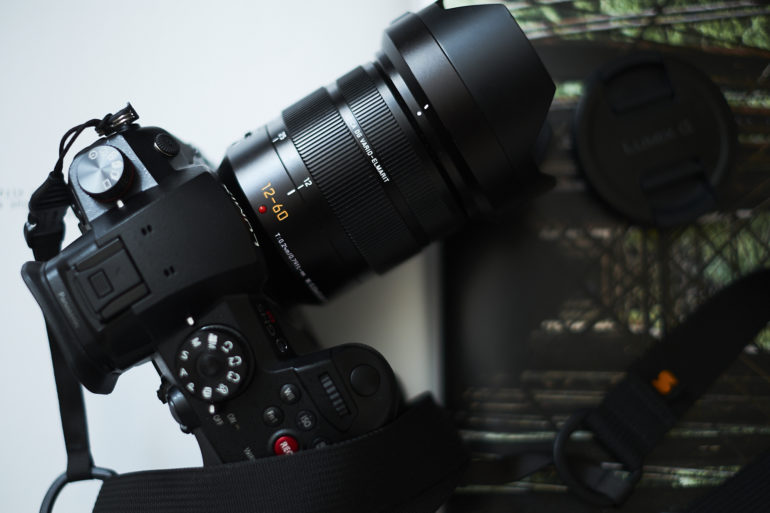
Then there is the lens strategy for Micro Four Thirds. What is it exactly? Apart from the 10-25mm f1.7, which launched late last year, we know nothing of your plans for M4/3 lenses, which just adds fuel to the fire regarding speculation that you may ditch the platform. The lack of news certainly gives your Micro Four Thirds user base cause for concern.
Whatever you decide to do, Panasonic, we hope you won’t keep us in the dark for too much longer. The L Mount alliance has potential, but Olympus has shown that the Micro Four Thirds platform is far from dead. They are leading the way, and their level of innovation is up there with the best. You just have to look at the upcoming Olympus 100-400mm F5-6.3 and 150-400mm f4.5 Pro lens with built-in teleconverters to see that. Not to mention they are releasing affordable gems like the 12-45mm f4. They are carrying you right now. Again, it is time to let us know what your plans are for these platforms. It’s the right thing to do, otherwise, the uncertainty will keep photographers away.
What do you think Panasonic should do? Stick with both the L mount alliance and Olympus and Micro Four thirds, or ditch one for the other? Let us know in the comment section below.


